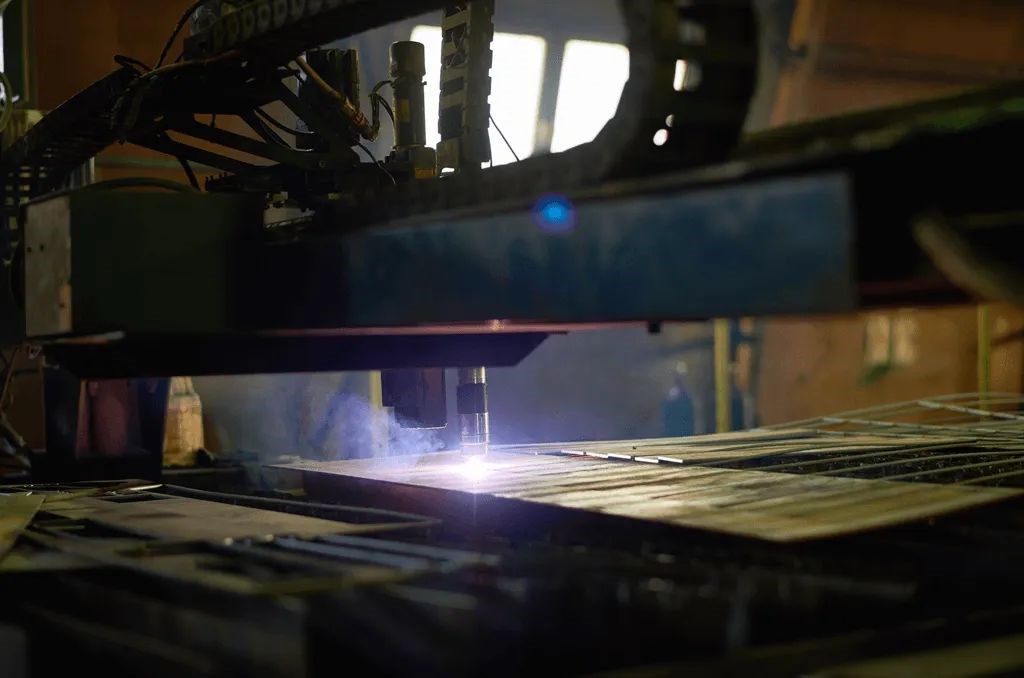Laser cutting metals
Published date: 21 February 2023

What is laser cutting?
Laser cutting is a process that uses a focused laser beam to heat materials, causing them to vaporise. In combination with a precise motion control system, the laser can cut shapes in a wide variety of materials. Laser cutting can be used on metals such as aluminium, brass, stainless steel and others.
The precision and speed of laser cutting have made it popular in industrial settings and beyond. If you’re looking for a reliable and efficient way to produce metal parts and components, laser cutting is a great solution!
What metals can be cut with a laser?
Laser cutting is an effective method of cutting metals with accuracy, precision and speed. It is a highly versatile process that can be used to cut a wide range of metals, from thin sheet metal to thick plate steel.
The most commonly laser-cut metals include low-carbon steel, stainless steel, aluminium, brass and copper. Laser cutting can produce highly precise parts in complex shapes, with minimal thermal distortion or material waste. The latest advances in laser technology have made it possible for even thick sections of metal to be cut with the same precision and speed of thinner materials.
What are the advantages of laser cutting?
Laser cutting provides several key advantages:
- Speed: Lasers can cut metal in a matter of seconds, faster than any alternative method.
- Accuracy: Thanks to their motion control system, lasers can cut very intricate shapes with extreme accuracy and leaving very smooth edges.
- Low cost per part: Laser cutting lowers the individual cost of each part.
- No friction: Because there is no contact between the tool and workpiece, there is no chance of deformation caused by friction heating.
- Versatility: Lasers can cut most materials, even hard and thick ones.
What are the drawbacks of laser cutting?
There are some drawbacks to laser cutting that you should be aware of:
- High start-up costs: Laser cutting machines are very expensive. Additionally, training staff to use the machines can also be costly.
- Heat: Laser cutters generate a lot of heat when they are in operation. Heat can potentially damage the metal being cut, leading to distortions and warping. This is especially true when cutting thicker sheets of metal, as they tend to absorb more heat during the process.
- Nozzle blockage: With gas lasers, such as nitrogen or oxygen, the nozzle can become blocked due to the build-up of slag – small particles of molten metal that solidify on the outside of the nozzle.
- Difficulty with reflective metals: Some types of lasers can have problems cutting reflective metals, such as polished stainless steel.
For businesses looking for an accurate, reliable and cost-effective solution for their metal fabrication needs, laser cutting is an excellent choice. However, it is important to consider the advantages and potential drawbacks of the process, before making a decision about whether or not to use this method.
At Conro Electronics, we’ll show you how to improve product reliability while increasing performance and lowering costs. Our team of technical support specialists will provide your company with dependable global supply, unrivalled efficiency, and superior technical support.
Feel free to contact us on 0208 953 1211 or send us an email to info@conro.com




Comments
There are currently no comments, be the first to comment.